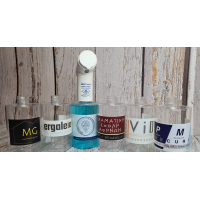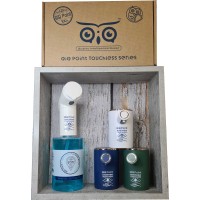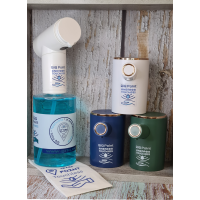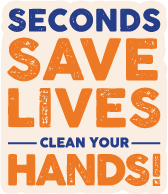QiQ Points Touchless will be the first to visit and protect all attendees of the comic exhibition "Conical People - The Buildings" by the prized artist and creator Michalis Antonopoulos. The exhibition shall take...
Blog categories
Blog Search
Blog gallery
-

Health, Hygiene and Safety
-

QiQ Point Series Logos
-

QiQ Point Series Designs
-

QiQ Point Series Box
-

QiQ Point Series Box
-

QiQ Point Series Bottles
When & How to Use Hand Sanitizer in Community Settings
Alcohol-based hand sanitizers can quickly reduce the number of microbes on hands in some situations, but sanitizers do not eliminate all types of germs.
Why? Soap and water are more effective than hand sanitizers at removing certain kinds of germs, like Cryptosporidium, norovirus, and Clostridium difficile. Although alcohol-based hand sanitizers can inactivate many types of microbes very effectively when used correctly, people may not use a large enough volume of the sanitizers or may wipe it off before it has dried.
If soap and water are not available, use an alcohol-based hand sanitizer that contains at least 60% alcohol.
Why? Many studies have found that sanitizers with an alcohol concentration between 60–95% are more effective at killing germs than those with a lower alcohol concentration or non-alcohol-based hand sanitizers. Hand sanitizers without 60-95% alcohol 1) may not work equally well for many types of germs; and 2) merely reduce the growth of germs rather than kill them outright.
When using hand sanitizer, apply the product to the palm of one hand (read the label to learn the correct amount) and rub the product all over the surfaces of your hands until your hands are dry.
Why? The steps for hand sanitizer use are based on a simplified procedure recommended by CDC. Instructing people to cover all surfaces of both hands with hand sanitizer has been found to provide similar disinfection effectiveness as providing detailed steps for rubbing-in hand sanitizer.








Leave a comment
Log in to post comments